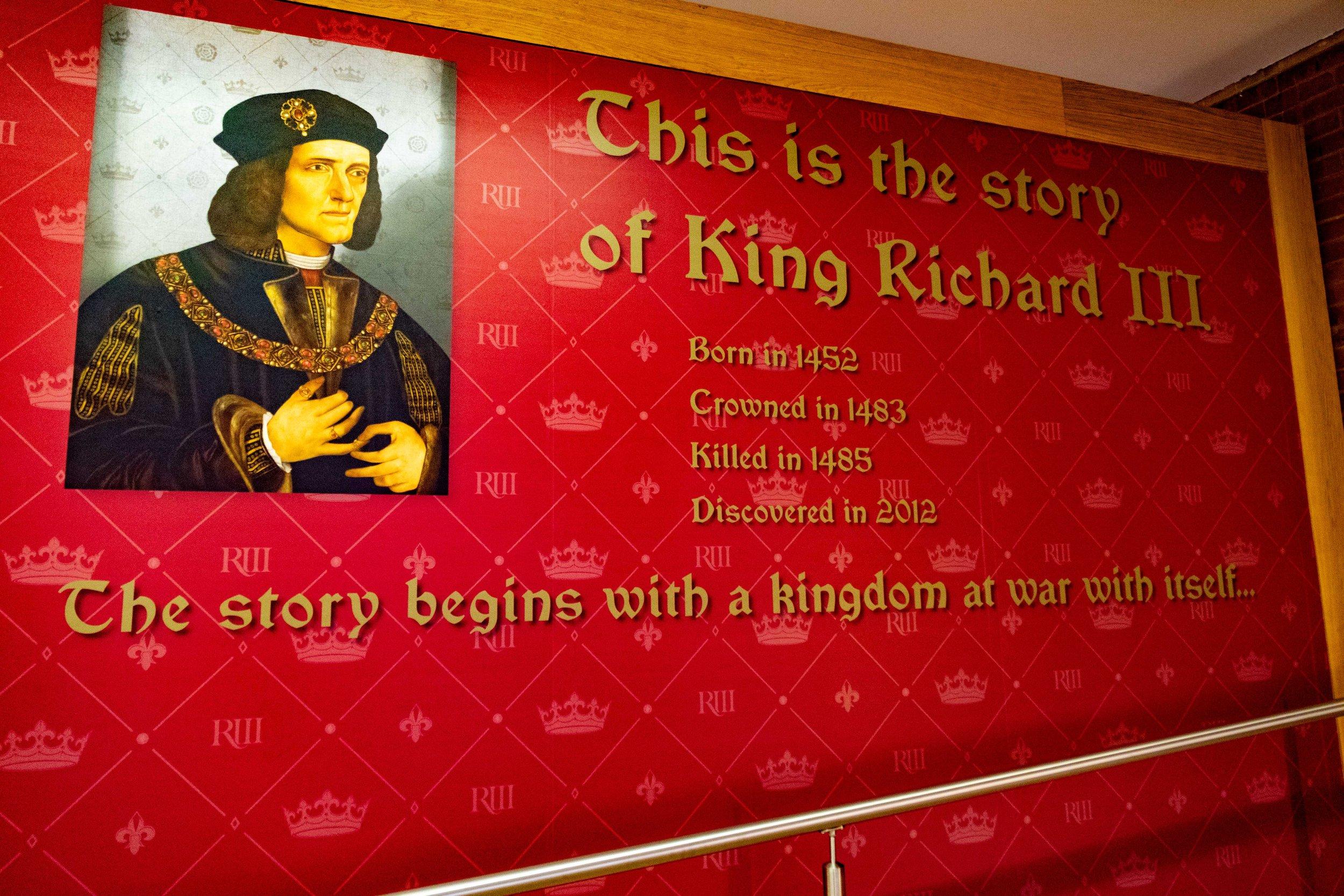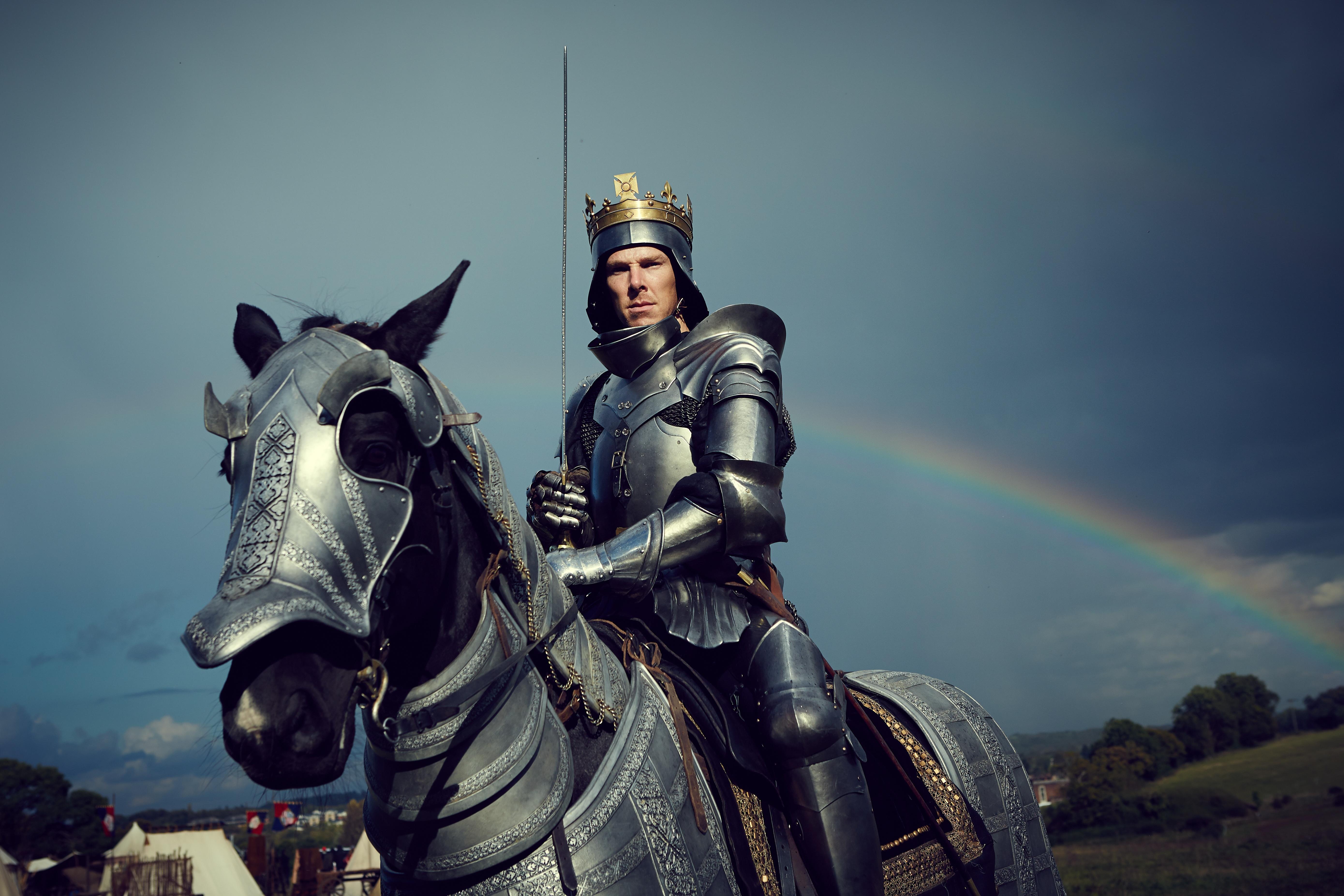
Title: Richard III - Bosworth
Birth of the Dynasty: The Legacy of Edmund, 1st Duke of York
Edmund of Langley, born in 1341, stood as the fifth son of Edward III and Queen Philippa. Known for his ties to both Castilian and English royalty, his marriage to Isobel of Castile linked him to prominent European lineage. Created Duke of York by Richard II, his children Edward, Constance, and Richard carried forth the Yorkist claims that would eventually shape England's history.
Edmund's Progeny and the Claim to the Throne
- Edward Plantagenet, 2nd Duke of York, whose bold yet fatal charge at Agincourt left a void filled by his nephew Richard, who later became Richard III.
- Constance of York, whose affair with Edmund Holland and subsequent marriage bridged alliances with powerful noble houses, including the Earl of Warwick – "The Kingmaker".
- Richard, Earl of Cambridge, entwined with the legacy of the Earl of March, whose conspiracy against Henry V led to his execution.
Edward Plantagenet: The Valiant Duke and the Agincourt Gamble
Edward's martial prowess and naval authority were pivotal in the early years of the 15th century. His untimely demise at Agincourt cut short a life of ambition and political intrigue, leaving his impact not in progeny but in the legacy carried forward by his nephew, the future Richard III.
Constance of York: A Nexus of Alliances
Constance's relationships sowed the seeds for the powerful alliance between her daughter Anne Beauchamp and Richard Neville. The politico-marital weave she created bolstered the Yorkist claims, echoing through the Wars of the Roses.
The Seditious Earl: Richard, Earl of Cambridge

Richard of Coningsburgh, posthumously infamed for his ill-devising against Henry V, unknowingly set the stage for the rise of the Yorkists through his son Richard, 3rd Duke of York, and daughter Isabel, whose marital alliances further extended the Yorkist web.
Richard's Strategic Marriage and Execution
Richard's union with Anne Mortimer presented a superior claim to the throne, overshadowing Lancaster and seeding the legitimacy of the Yorkist kings that followed.
Rising Through the Ranks: Richard, 3rd Duke of York
Richard's ascent to Protector of England during Henry VI's instability laid the groundwork for the enduring Irish-Yorkist alliance. His death at the Battle of Wakefield set in motion the turbulent reigns of Edward IV and Richard III.
Protector Turned Pretender: The Duke's Throne Ambitions
The Duke's bid for the crown, though premature, ultimately solidified his posthumous role as the father of two Yorkist kings who redefined English royalty.
Cicely Neville: The Rose of Raby

Wife to Richard, 3rd Duke of York, and mother to Edward IV and Richard III, Cicely Neville weathered the triumphs and tragedies of her sons, witnessing the ultimate downfall of the House of York. Her monastic retreat marked the bittersweet sunset of a once-powerful matriarch.
The Legacy Continues: Children of Duke Richard and Cicely Neville
Their offspring, including Anne of York, Duchess of Exeter, and Elizabeth of York, Duchess of Suffolk, became vital links in the Yorkist chain through their noble marriages, further entrenching the dynasty's influence well into future generations.
Richard III: A King Carved by Conflict
Richard III's journey from Duke of Gloucester to monarch was marked by loyalty, strategic brilliance, and the support of the nobility. His death at the Battle of Bosworth, a potent culmination of dynastic struggle, ended the Plantagenet dynasty and ushered in the Tudor era.
The Final Act: Richard III at Bosworth
The fateful Battle of Bosworth became Richard's last stand. His demise closed the chapter on Yorkist ambition, leaving a legend that still captivates the annals of English history.